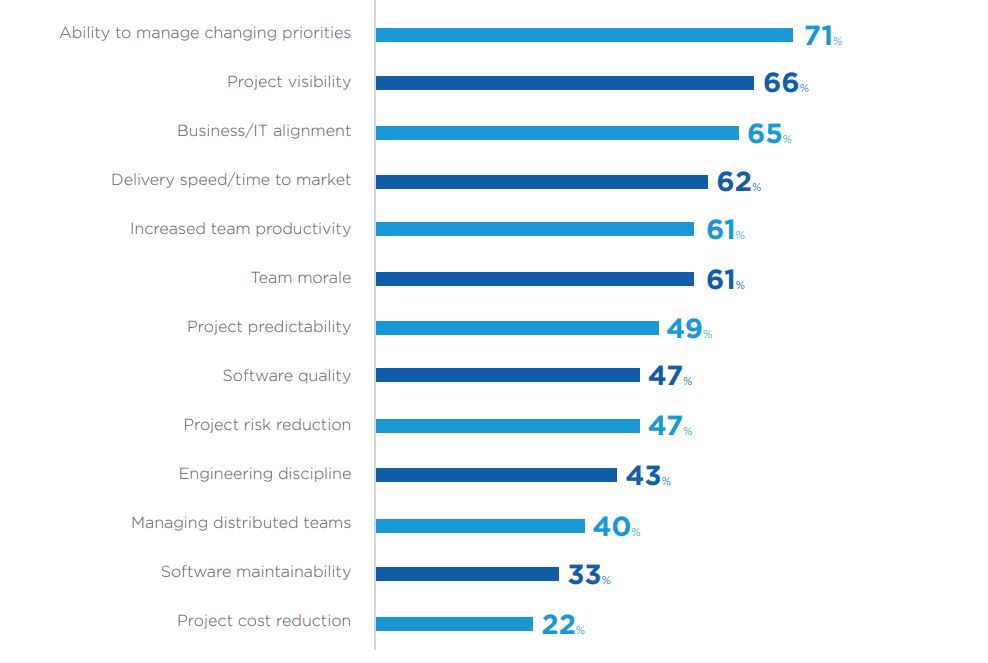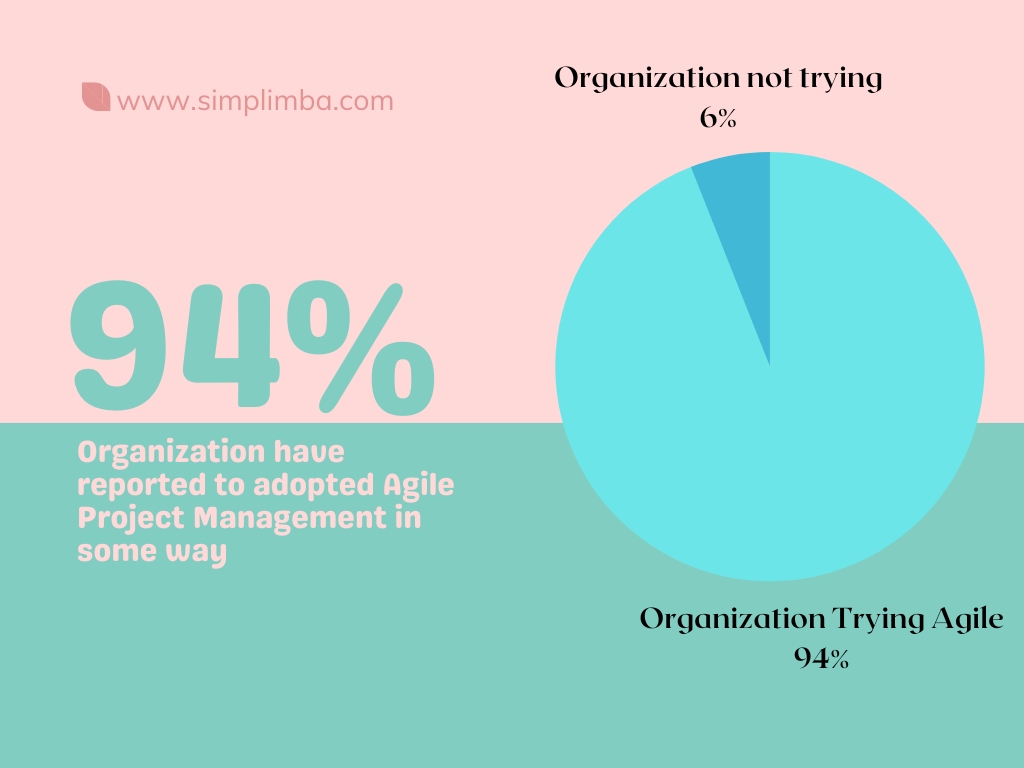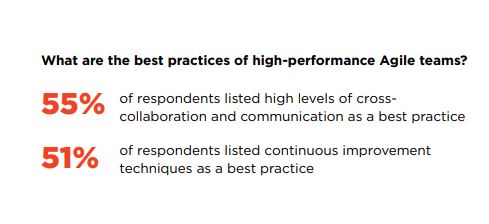Agile project Management benefits span from enhanced customer focus to increased savings. In this overview, we have found 19 Agile project management benefits that you should know about to embrace change and digital transformation in your organization. project management is a methodology that emphasizes flexibility, collaboration, and customer satisfaction. It is based on the Agile Manifesto, which outlines a set of values and principles for software development. Agile project management is often used in software development, but it can also be applied to other types of projects. Agile Project Management is gaining immense popularity with the advent of new-age businesses.
We have covered in detail two very pertinent topics. Feel free to refer them before coming to the benefits
- The Difference between Agile Project Management with Waterfall
- 8 Commonly used project Management methods with their Pros and Cons and when to use them
Agile Project Management Benefits
The Agile Manifesto focused on customer centricity over anything while managing an Agile Project. However, customer centricity or navigating through ambiguity is not the only Agile Project Management benefits. The 12th State of Agile Report, published in 2018 stated many benefits that an Agile Project Can have over traditional project management processes. Here is a comprehensive list of Agile Project Management benefits:
1. Ability to manage changing priorities:
Agile project management provides the ability to manage to change priorities effectively through its flexible and iterative approach. Agile methodologies prioritize flexibility and rapid iteration, which allows teams to quickly adapt to changing requirements and priorities as they arise. The regular sprints, reviews, and retrospectives that are integral to agile approaches ensure that the team is constantly reassessing and adjusting the project’s goals and objectives to align with the ever-changing priorities of the business. This helps to ensure that the project stays aligned with the organization’s overall goals and objectives, and delivers value to the stakeholders.

2. Increased flexibility
Agile methodologies allow teams to adapt to changing requirements and customer needs. This flexibility helps teams deliver a product that meets the customer’s needs, even if those needs change during the course of the project.
3. Faster delivery
Agile methodologies focus on delivering working software as soon as possible. This helps teams deliver a product to the customer faster, which can be beneficial in industries where time-to-market is a critical factor.
4. Improved communication and collaboration
Agile methodologies emphasize frequent communication and collaboration between team members, which helps to ensure that everyone is on the same page and that the project stays on track.
5. Enhanced customer involvement
Agile methodologies encourage customer involvement throughout the development process. This helps to ensure that the product being developed meets the customer’s needs and can lead to increased customer satisfaction.

6. Better quality
Agile methodologies focus on delivering a high-quality product. The frequent delivery of working software allows teams to identify and fix defects early in the development process, which can lead to a higher-quality product.
7. Increased visibility
Agile methodologies provide increased visibility into the project’s progress. This helps teams identify and address problems early, which can help to keep the project on track and deliver a successful outcome.
8. Increased motivation and team morale
Agile methodologies focus on teamwork, collaboration, and frequent feedback, which can lead to increased motivation and team morale.

9. Project Visibility
Adopting Agile project management provides increased project visibility through regular meetings such as daily stand-ups and sprint reviews, which help to keep everyone informed of progress and any issues that may arise. This allows for better communication, collaboration, and decision-making.
10. Business/IT alignment
Agile project management encourages regular interaction between business and IT teams, through a collaborative and incremental approach, which helps to ensure that the project stays aligned with the organization’s overall goals and objectives.
11. Delivery speed/time to market
Agile project management emphasizes delivering working software frequently, which helps to speed up the delivery of projects and increases time to market, by providing a flexible approach to managing work and by keeping the project on track.
12. Increased team productivity
Agile project management promotes self-organizing teams and empowers team members to make decisions, which can increase team productivity and motivation. It also helps to improve the flow of work and reduce waste.

13. Project predictability
Agile project management improves project predictability through regular sprints, which provide clear goals and objectives, a defined process for completing work, and a system for tracking and managing progress.
14. Software Quality
Agile project management promotes the use of test-driven development and continuous integration, which helps to improve software quality by identifying and resolving defects early in the development process.
15. Project risk reduction
Agile project management helps to reduce project risk by providing a flexible approach to managing change and by encouraging regular reviews and retrospectives, which help to identify and mitigate potential risks.
16. Engineering discipline:
Agile project management promotes engineering discipline through practices such as refactoring and pair programming, which help to improve the quality and maintainability of the codebase.
17. Managing distributed teams:
Agile project management helps to manage distributed teams by providing a clear set of goals and objectives, regular communication and collaboration, and a system for tracking and managing progress.

18. Software maintainability
Agile project management promotes software maintainability through practices such as refactoring and pair programming, which help to improve the quality and maintainability of the codebase.
19. Project cost reduction
Agile project management helps to reduce project costs by providing a flexible approach to managing change, reducing waste and delivering working software frequently, which can result in an earlier return on investment and lower overall project costs.
Samrat is a Delhi-based MBA from the Indian Institute of Management. He is a Strategy, AI, and Marketing Enthusiast and passionately writes about core and emerging topics in Management studies. Reach out to his LinkedIn for a discussion or follow his Quora Page
